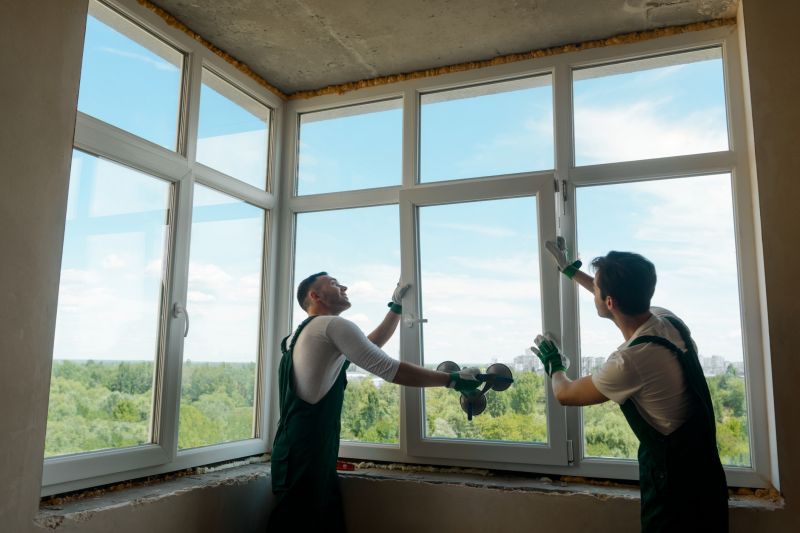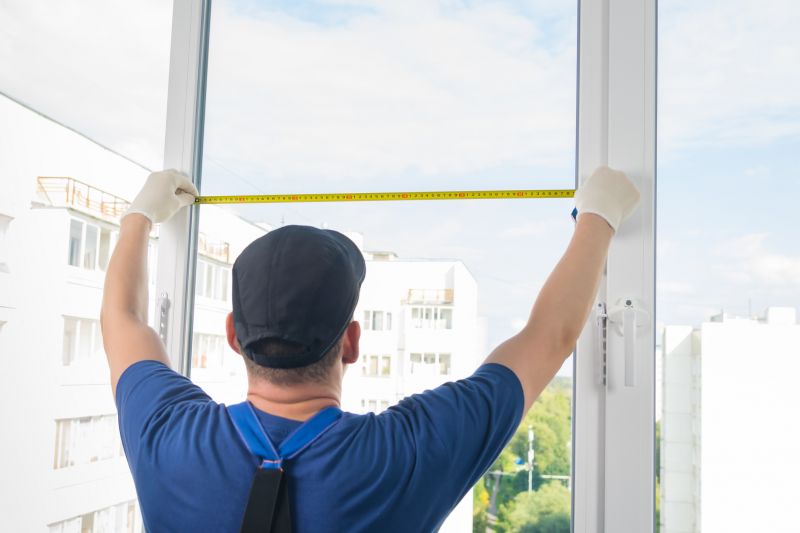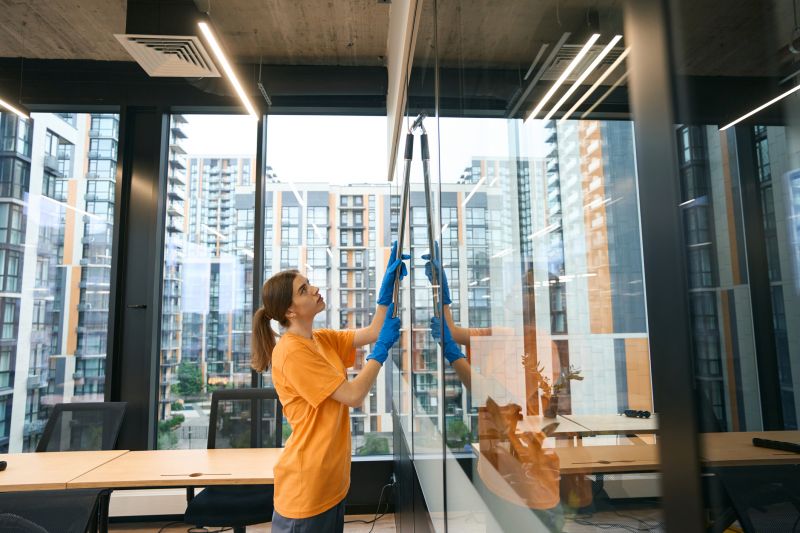Optimal Seasons for Windows Installation
Windows installations are most effective when planned during periods of low system demand, typically in the fall or early spring. Scheduling installations during these times can minimize disruptions and optimize performance.
Late fall and early spring often provide ideal conditions for Windows installations due to moderate temperatures and lower operational demands.
Avoiding extreme weather seasons reduces the risk of installation delays and equipment issues, ensuring a smoother process.
Scheduling during off-peak business hours or seasons minimizes downtime and allows for thorough testing post-installation.
Advanced planning before high-demand periods ensures adequate resources and reduces the likelihood of last-minute complications.

Spring offers moderate weather and less business activity, making it suitable for installations.

Fall provides cooler temperatures and less operational disruption, ideal for scheduled updates.

Clear, mild weather conditions help prevent delays and damage during installation processes.

Ways to make Windows Installations work in tight or awkward layouts.

Popular materials for Windows Installations and why they hold up over time.

Simple add-ons that improve Windows Installations without blowing the budget.

High-end options that actually feel worth it for Windows Installations.

Finishes and colors that play nicely with Windows Installations.
| Season | Advantages |
|---|---|
| Spring | Moderate weather and lower demand |
| Fall | Cool temperatures and less operational impact |
| Winter | Off-peak period but potential weather challenges |
| Summer | High demand and heat risks |

Proper planning reduces risks and ensures resources are available.

Verifying hardware and software compatibility before installation prevents issues.

Thorough testing confirms system stability and performance.

Choosing the right time minimizes operational impact.

Little measurements that prevent headaches on Windows Installations day.

A 60-second routine that keeps Windows Installations looking new.

A frequent mistake in Windows Installations and how to dodge it.

Small tweaks to make Windows Installations safer and easier to use.
The duration varies depending on system complexity, but most installations take between one to three hours.
Yes, but scheduling during off-peak hours reduces operational disruptions.
Backup of data, system compatibility checks, and scheduling during low-demand periods are recommended.
Risks include data loss or system conflicts, which can be mitigated through proper planning and backups.
For those interested in scheduling Windows installations, filling out the contact form provides an opportunity to discuss timing options and ensure a seamless upgrade process tailored to operational needs.

